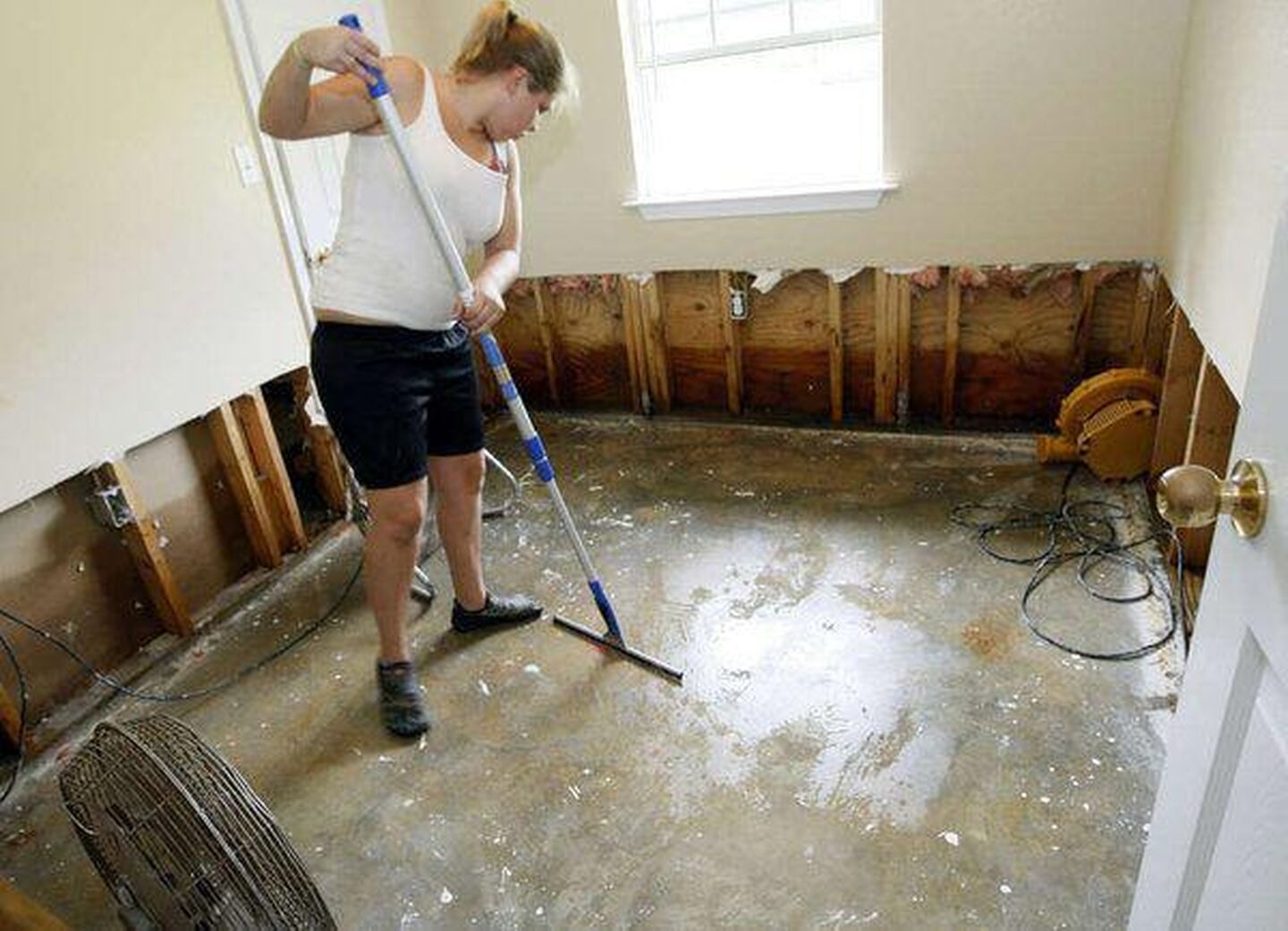3 Ways to Waterproof a Finished Basement

A finished basement is a great way to increase living space in the home without adding on. The basement can be turned into additional bedrooms, hobby or home office space, family room, playroom – the possibilities are almost endless.
Great as it may be, finished basement space comes at a cost regardless of whether the basement remodel is done by a contractor or if it’s a DIY project. Either way it represents a significant investment by the homeowner and it’s the kind of job that should be done only once.
One thing that can quickly ruin even the best basement remodel is water seeping into the basement that can destroy drywall and carpets, damage furnishings and belongings and help create a breeding ground for mold.
Of course, the best recommendation to avoid this fate is to waterproof the basement before the finishing work is done but for those who didn’t get that advice or purchased a home with a basement already finished, it is still possible to waterproof a finished basement without destroying it.
3 Methods of Waterproofing a Finished Basement
It stands to reason that any waterproofing work must be done on the exterior of the basement in order to avoid disturbing the interior. These three methods are all outdoor work and can be done at any time of year except for winter.
1. Water Management – One of the easiest ways to waterproof a finished basement (or any basement for that matter) is to keep water away from the foundation in the first place. The first step in this process is one that any homeowner can do for him- or herself, keeping rain gutters clean and free of debris. A one-inch rainfall will dump 600 gallons of water on each 1000 square feet of roof and, if all that water cannot be collected by rain gutters that are full of leaves and other materials, all that water will sheet over the edge of the roof and soak into the soil right next to the foundation.
Of course, if even the cleanest gutters flow into downspouts that are merely a vertical pipe that ends at the corner of the house, that same water is being dumped right next to the foundation except that it is being concentrated at four corners of the house. This water will end up in the finished basement unless the downspouts are extended at least ten feet away from the house. Having a professional install underground downspout extensions that terminate in a bubbler pot or dry well will ensure that the extensions stay in place and won’t have to be removed for lawn care or landscaping.
2. Exterior Crack Repair – Foundations made of poured concrete are the most common in the Midwest and the most common source of water in poured concrete basements is a non-structural crack in a basement wall. In an unfinished basement, such a crack would be repaired by urethane injection from the interior but a finished basement requires an exterior repair with sodium bentonite clay.
A small-diameter hole is dug next to the foundation at the site of the crack and extended down to the footings. The hole is filled with the granular clay, which then absorbs water from the surrounding soil to become plastic and create a permanent exterior water barrier. When the soil is backfilled the repair is invisible.
3. Exterior Waterproofing Membrane – Another common source of seepage in poured concrete basements is water coming in over the top of the foundation wall or through areas of porous concrete. In a masonry wall, such as concrete block or brick, seepage often occurs through deteriorated mortar joints or porous masonry.
These sources of seepage can be repaired by installing an exterior waterproofing membrane, a thick coating of asphalt-modified polyurethane that is troweled onto the exterior wall after it has been excavated to form a permanent water barrier on the “positive” side of the foundation. If ground water is especially high the membrane can be complemented by installing exterior drain tile and adding heavy-duty drainage board to protect the membrane and channel water down to the drain tile.
No matter which method is best, a homeowner who must waterproof a finished basement will need the services of an experienced basement waterproofing contractor. At U.S. Waterproofing, we got our start doing exterior waterproofing 57 years ago and have become one of the country’s largest full-service basement waterproofing companies by providing excellent service at a fair price to more than 300,000 satisfied customers. Why not ask for our free advice?




